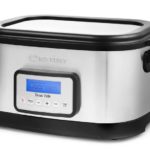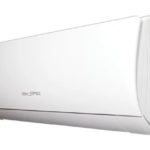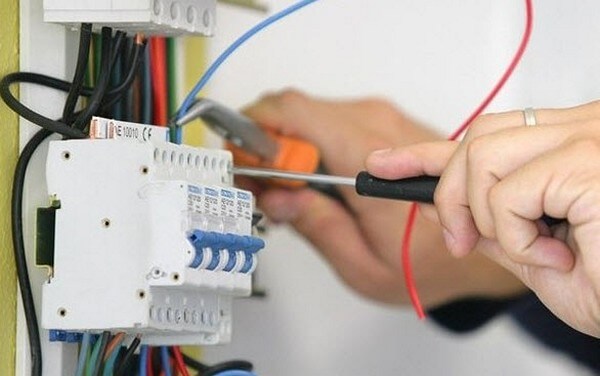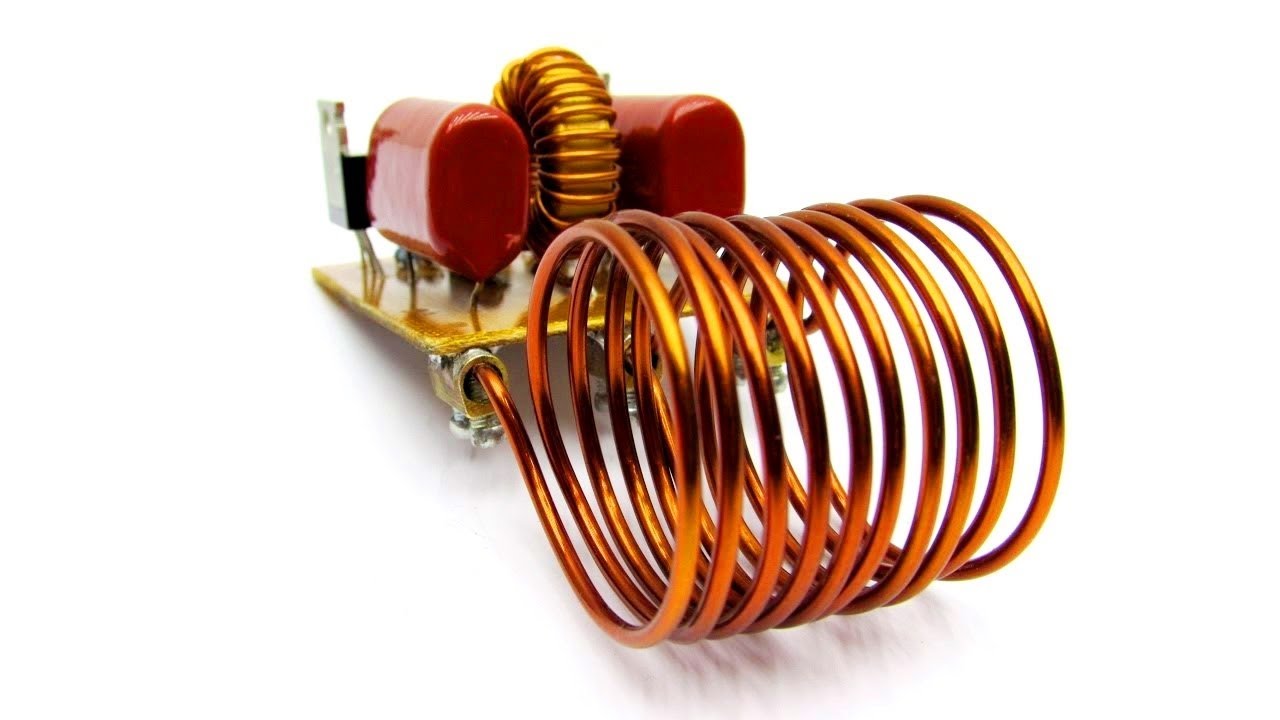How to drain water from a boiler? Useful tips
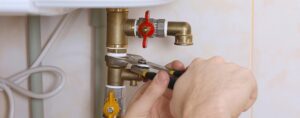
creativecommons.org
If you have a country house or a small estate, but do not live in it during the cold season, then this article is definitely for you. Or suddenly the boiler broke down - the most popular request on Google. Here we will literally tell you in 5 minutes how to drain the water from the boiler, why it is needed and how to do it in just half an hour of work.
The content of the article
The main reasons to drain the water from the boiler
This procedure occurs quite rarely, but sometimes it is very necessary. Let's look at the most popular reasons among water heater users:
- Replacement of electric water heaters (heaters). Over time, they wear out or break, and all the parts are located in the tank itself.
- Element maintenance and routine cleaning. If you are a diligent user of electrical equipment, know all the rules of use and read the instructions, then you probably know that the boiler requires cleaning at least once every 1-2 years. There is also a magnesium anode inside the tank, which allows you not to worry about excess scale and corrosion. Over time, it becomes depleted or decreases in size - you need to insert a new one and clean the tank. To do this, you need to drain all the liquid.
- Failure of power supply, thermostat and other control settings. To carry out a successful repair, the tank must be removed. And it can be 10, 20, or even 50 liters - not everyone will be able to lift such a “colossus” from the brackets.In some situations, you cannot do without draining the water at all, for example, to replace tubular gaskets.
- Emptying the entire system for further cleaning. Immediately after you installed the boiler, connected the taps to it and decided to use hot water, the first harmful substances entered the device. Among them: salts, scale, rust, etc. Over time, a lot of such “good” will accumulate, believe me. If you do not deal with dangerous deposits, this will also affect the quality of the incoming water for drinking or washing. Also, the environment inside the boiler is a paradise for the proliferation of bacteria and microbes. The only way to eliminate all harmful consequences is to regularly open the tank lid and wash the equipment. Before doing this, drain all the water.
How to completely drain the water from a water heater - we will present you with several effective methods that can be applied to absolutely any system in the next paragraph.
How to properly drain water from a water heater through a faucet
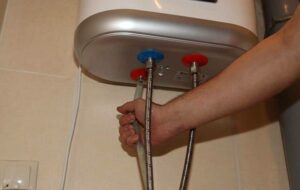
noviydom.com.ua
This option is for the most “dummies” in the matter of household appliances. Since the process is irreversible and will have to be drained regularly (at least for a master), a separate faucet can be installed at the installation stage. It is mounted near the mixer for supplying cold water. The most important thing is not to confuse the faucet for loading water and for draining; these are two different options. Otherwise you will start releasing liquid and turn everything into a huge pool.
Before opening the drain, a hose is installed on it, which is connected to buckets or basins. And note: the hot water tap can be unscrewed in the bathroom or kitchen so that the process goes much faster and all the water ends up outside. The advice applies to any water heater option.
How to properly drain water from a boiler through a fuse
In addition to the mixer, one safety valve and a pressure sensor must be installed on the cold water pipe. The first has several functions: to prevent hot water from entering the system for cold water to enter - and before you know it, there will be nothing in the heater, and boiling water will flow straight from the toilet like a fountain. It is, of course, useful for hygiene, but very uneconomical.
The second goal is to prevent the walls of the boiler from collapsing when heated. When liquid enters the tank and heats up, excess pressure is generated. The valve releases unnecessary pressure. This way the tank remains completely safe for use in your home or apartment at all times.
Modern valves allow you to drain water directly from the tank. To do this, you can find a special lever, when pressed, the water will flow in the opposite direction. The method works, but is less effective than the previous one - it loses in the speed of descent. It is better to use when there is no separate drain mixer.
How to drain water from a boiler if the previously proposed parts are not available
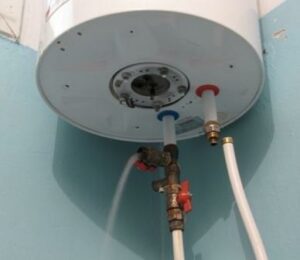
noviydom.com.ua
Very often a problem arises when there is neither a mixer nor a valve. This is all due to the negligence of the installer, who either did not know about the purpose of the devices and did not install them, or skimped on components. Also, older versions of water heaters are equipped without drainage.
But still, don’t despair. There is a way out, although it is more difficult.
First you need to shut off the water supply to the system by turning off all the taps. It will not be possible to drain water through cold pipes, since the pressure valve simply will not allow all the contents to leak out. Therefore, we first unscrew the valve, and only then release all the water through the cold “inlet”.To do this, you will need almost nothing - a couple of wrenches for the valve nut or a plumber's wrench with adjustment.
Always leave the hot outlet closed. Using keys, turn the tap along the thread until water flows. You can adjust the flow by tightening or unscrewing the nut.
The process is exhausting, but if there is no other way, thank you for that.
And lastly, additional rules about how to drain a boiler:
- Always turn off the power supply to the entire system;
- if you need to drain everything from the tank, turn the cold water supply inward;
- Do not drain all the contents immediately; you need to wait until the temperature inside drops to room temperature. You won't pour boiling water on your hands, will you?!
These rules will help everyone cope with a fairly simple task that is regularly required for the heater.

